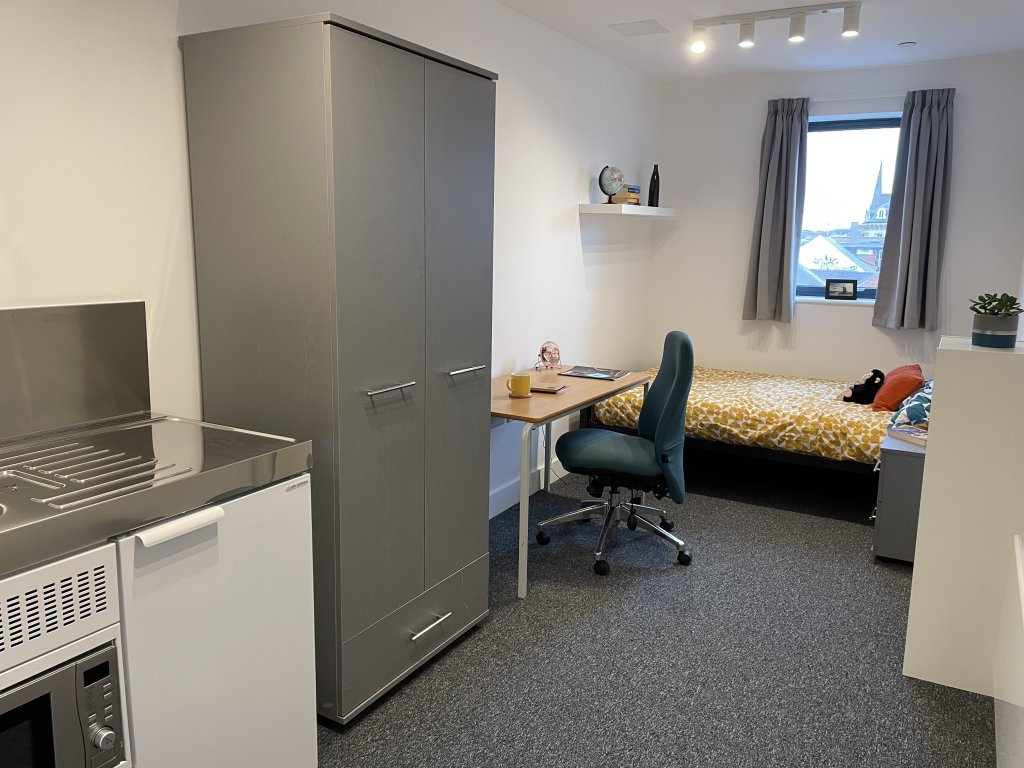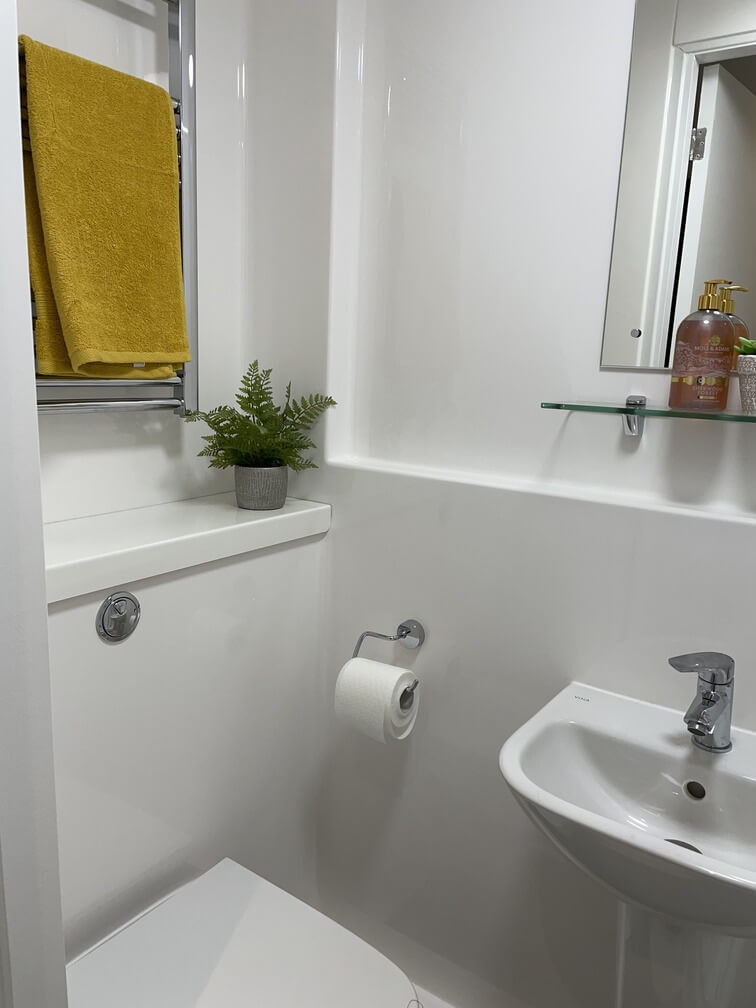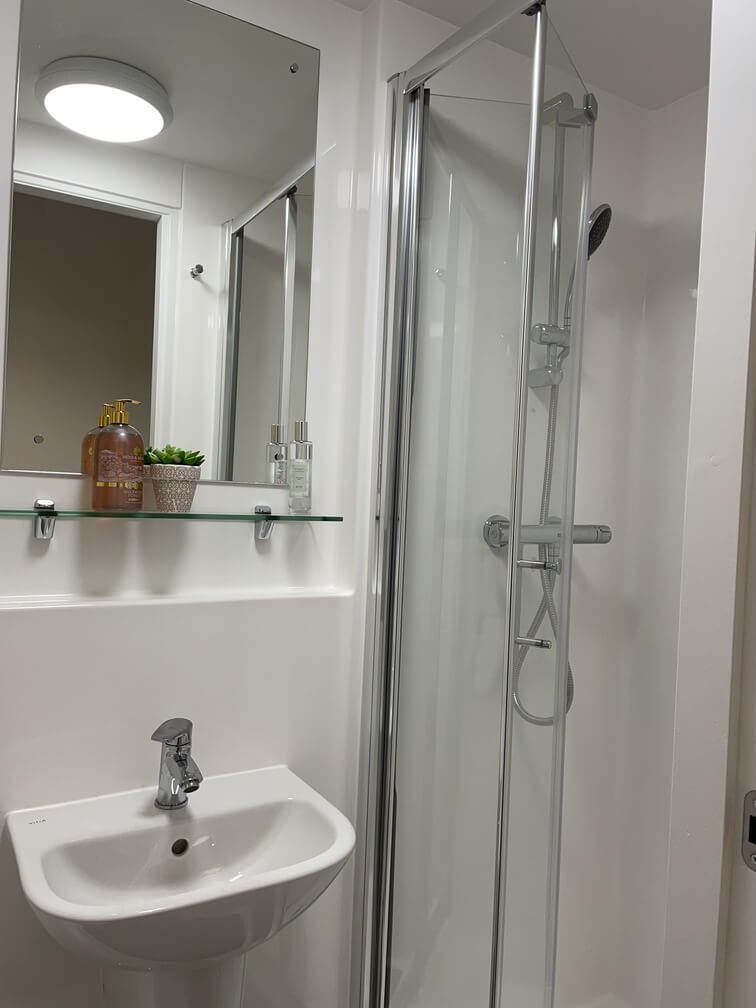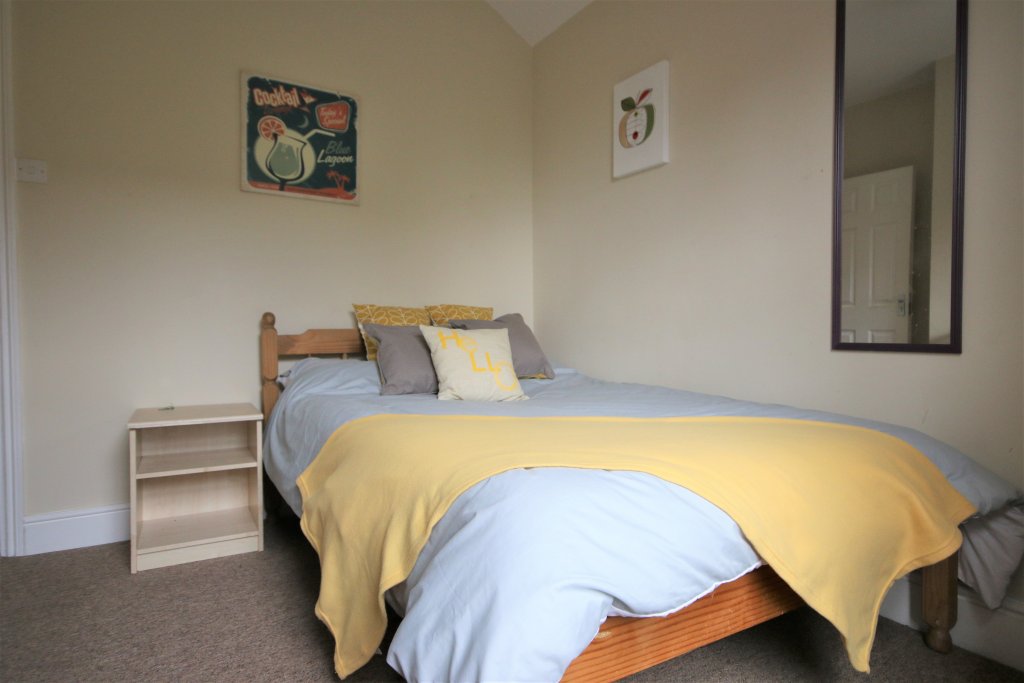Are Landlords’ Portfolios Becoming Less Profitable?

Recently, there’ve been some news headlines about landlords’ portfolios having become less profitable. Additional regulations and rising costs have naturally caused concerns among many landlords.
Landlords in the private rented sector, including the HMO market, are facing numerous challenges at the moment. Here I’m going to cover what’s happening to landlords’ profits and tips for how to combat this and the changing HMO industry!
A Look at the HMO Market
Research from Simply Business has revealed that 33% of landlords surveyed said they’ve noticed their portfolio hasn’t been as profitable since before the reduction in mortgage tax relief, which started in 2017.
Additionally, one in three landlords said rising taxes are one of their biggest challenges in the industry, while a fifth are concerned about maintaining their rental properties due to increasing costs.
As property values and refurb costs are continuing to increase, we’ll need more cash to invest in HMOs, and because of this, there will likely be fewer opportunities to secure higher-yielding assets.
However, I personally think yields in the industry will still outperform other areas and will always be stronger than buy-to-lets, but I do believe this is a problem many HMO investors are currently facing!
Tips for Improving Your Portfolio’s Profitability
While there have been a number of recent challenges in the industry from new regulations to potential changes in the future, there are ways to navigate these and ensure your HMO portfolio remains sustainable and profitable.
Here are a few of my top tips to help you with this.
1. Be Aware Competition Will Likely Increase
With landlords’ yields being squeezed in the buy-to-let sector, the HMO investment market is expected to continue outperforming other alternative investment strategies. Alternatives to buy-to-let, especially HMOs, will likely be appealing to more and more investors.
Because of this, the HMO industry is expected to become increasingly competitive as more investors enter the sector, so make sure you’re prepared for this, especially as the quality of HMOs and management services are expected to continue to increase.
2. Prepare for Potential Changes and Remain Agile
There are many factors that will likely make it more difficult to invest in HMOs moving forward. You need to prepare for any potential changes afoot in the industry and remain agile, so you can hopefully act quickly and be able to pivot.
A good managing agent can help ensure you keep up with the latest and ever-changing compliance pieces. It can be so easy to get this part of HMO property management wrong, especially with so many changes on the horizon. And if you were to get the compliance piece wrong, you could end up in a real heap of bother.
3. Focus on Safeguarding and Future Proofing Your Portfolio
Running a successful HMO portfolio is all about making sure it works today, tomorrow, next year, in five years, and 10 years down the road. If you don’t get this right, it could cost you a lot of money, time, and heartache. In a worst-case scenario, you could find an investment simply doesn’t work in the future!
4. Thoroughly Understand the Location You’ve Invested In
Undertake an in-depth area evaluation for the location you have HMOs in. This will help you thoroughly understand exactly what’s happening in the local market. And it will help you reassess the area, particularly post-COVID!
Then, you can compare that to what you’re trying to get out of your HMO deals. Is the location, property, and other circumstances allowing you to do that? If not, then it may be time to alter your strategy.
Look at the ways you can best improve your property portfolio and adapt for the future of the HMO market, so you can remain successful no matter what comes your way!
If you need any help with your HMO, then please don’t hesitate to get in touch.



















